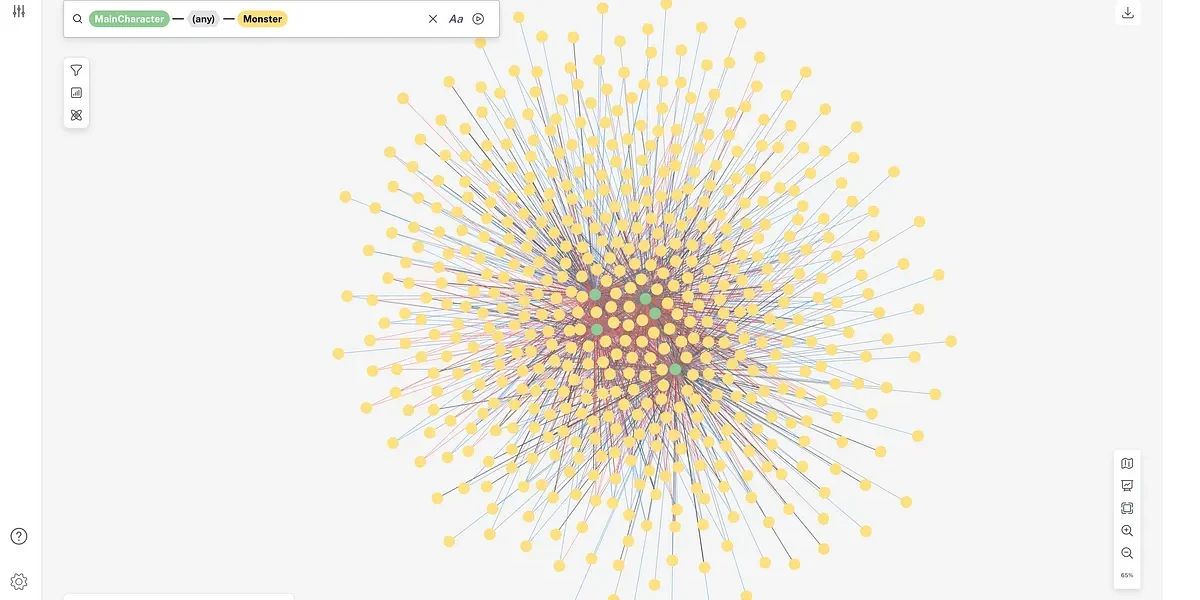#GraphCast: Pathfinding Algorithms

Editorial Assistant, Neo4j
7 min read

Welcome to this week’s #GraphCast – our series featuring what you might have missed in Neo4j media from the past fortnight.
Last time, our content and media associate, Allison Wu, shared the cure for connecting complex data by Neo4j’s own Rik Van Bruggen. There, we explored applying graph databases to real-world examples. In particular, life science use cases have been applied to our COVID-19 affected world and have delivered tangible value in the biotechnology and pharmaceutical industries.
This week, we are going to be exploring Pathfinding algorithms, which are generally used to find routes between pairs of nodes. Below is a picture of some of the paths we are working with.
Just like the name implies, the Shortest Path calculates the shortest path between a pair of nodes. Paths can be weighted or unweighted. An unweighted path is the shortest by the number of “hops” or relationships between nodes. The weighted path is calculated by taking costs into account.
If you’re interested in learning more about how we calculate degrees of separation between actors, between connections on Linkedin and how we find directions on Google Maps, check out the rest of the video below!
Catch all our videos when you subscribe to the Neo4j YouTube channel, updated weekly with tons of graph tech goods.









